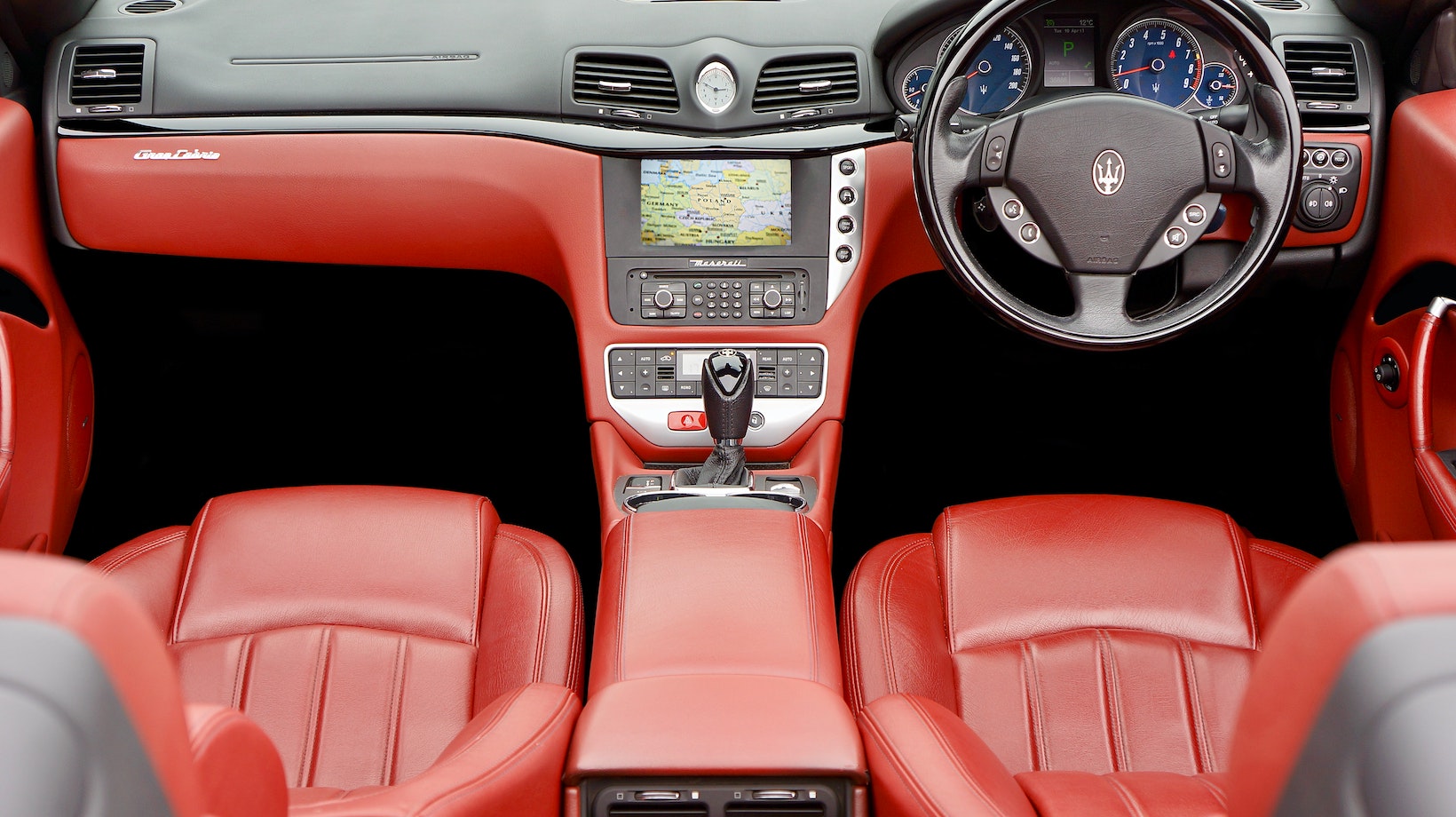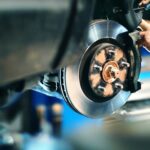Are you frustrated with the unsightly cracks on your leather car seats? Don’t worry, because I have the solution for you. In this article, I’ll guide you through the process of repairing cracked leather car seats, restoring them to their former glory. With a few simple steps and the right materials, you can make your seats look as good as new.
Leather car seats are not only luxurious but also durable. However, over time, they can develop cracks due to various factors such as age, exposure to sunlight, or lack of proper maintenance. These cracks not only diminish the overall appearance of your vehicle’s interior but can also worsen if left untreated.
Repair Cracked Leather Car Seats
When it comes to repairing cracked leather car seats, it’s crucial to first assess the extent of the damage. This will help determine the best course of action to restore your seats to their former glory. In this section, we’ll explore how to assess the severity of the cracks, identify potential causes of damage, and understand any impact on seat functionality.
To begin evaluating the condition of your leather car seats, take a close look at the cracks themselves. Are they superficial or deep? Do they cover a small area or are they spread across large sections? By examining these factors, you can determine whether a simple repair or more extensive restoration is necessary.
Keep in mind that not all cracks are created equal. Some may be minor surface scratches caused by everyday wear and tear, while others could indicate deeper structural issues. It’s important to carefully inspect each crack and consider its size, depth, and location within the seat upholstery.
Identifying the Causes of the Damage
Understanding what led to cracked leather car seats can help prevent future damage and inform your repair strategy. Common causes include:
- Age and Usage: Over time, constant use and exposure to sunlight can cause leather seats to dry out and crack.
- Harsh Conditions: Extreme temperatures or high humidity levels can accelerate deterioration.
- Improper Maintenance: Neglecting regular cleaning, conditioning, or protecting your seats can contribute to cracking.
- Poor Quality Materials: Low-quality leather or improper installation may lead to premature cracking.
By identifying these underlying causes, you can address them during repairs and implement preventive measures for long-lasting results.

Cleaning and Preparing the Leather
When it comes to repairing cracked leather car seats, proper cleaning and preparation are essential steps in achieving successful results. By following these guidelines, you can ensure that your repair efforts are effective and long-lasting.
- Remove surface dirt and debris: Begin by gently vacuuming or brushing the leather to remove any loose dirt or dust particles. This will help prevent scratching during the cleaning process.
- Choose a suitable leather cleaner: Select a high-quality leather cleaner specifically designed for automotive use. Avoid using harsh chemicals or household cleaners as they may damage the leather further.
- Test on a small, inconspicuous area: Before applying the cleaner to the entire seat, test it on a small hidden spot to ensure compatibility with your specific type of leather. This step is crucial to avoid any discoloration or adverse reactions.
- Apply the cleaner and agitate gently: Following the instructions on the product label, apply a small amount of cleaner onto a soft microfiber cloth or sponge. Gently massage the cleaner into the leather in circular motions, focusing on areas with visible cracks or stains.
- Wipe away excess moisture: After allowing sufficient dwell time for the cleaner to work its magic, use a clean, damp cloth to wipe away any excess moisture from the surface of the leather seats.
- Allow proper drying time: Give your car seats ample time to dry naturally before moving on to any further repair steps. Avoid using heat sources like hairdryers or direct sunlight as these can cause cracking or fading of the leather.
Taking these preliminary cleaning steps will not only prepare your cracked leather car seats for repair but also ensure that you have a clean canvas to work with. Remember, patience is key when it comes to restoring damaged upholstery – rushing through this process could lead to subpar results.
In conclusion, investing time in properly cleaning and preparing your cracked leather car seats sets up a solid foundation for successful repair. By following these steps, you can enhance the effectiveness of your repair efforts and extend the lifespan of your car seats. So, roll up your sleeves and get ready to bring back the beauty and comfort to your beloved vehicle!







































